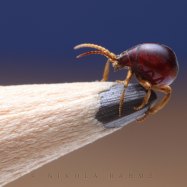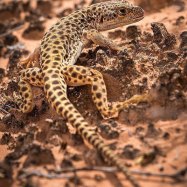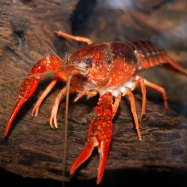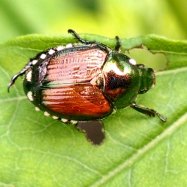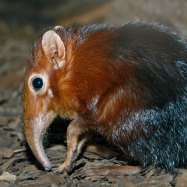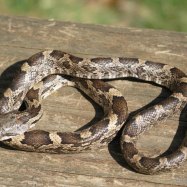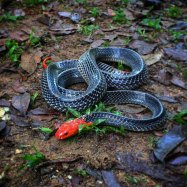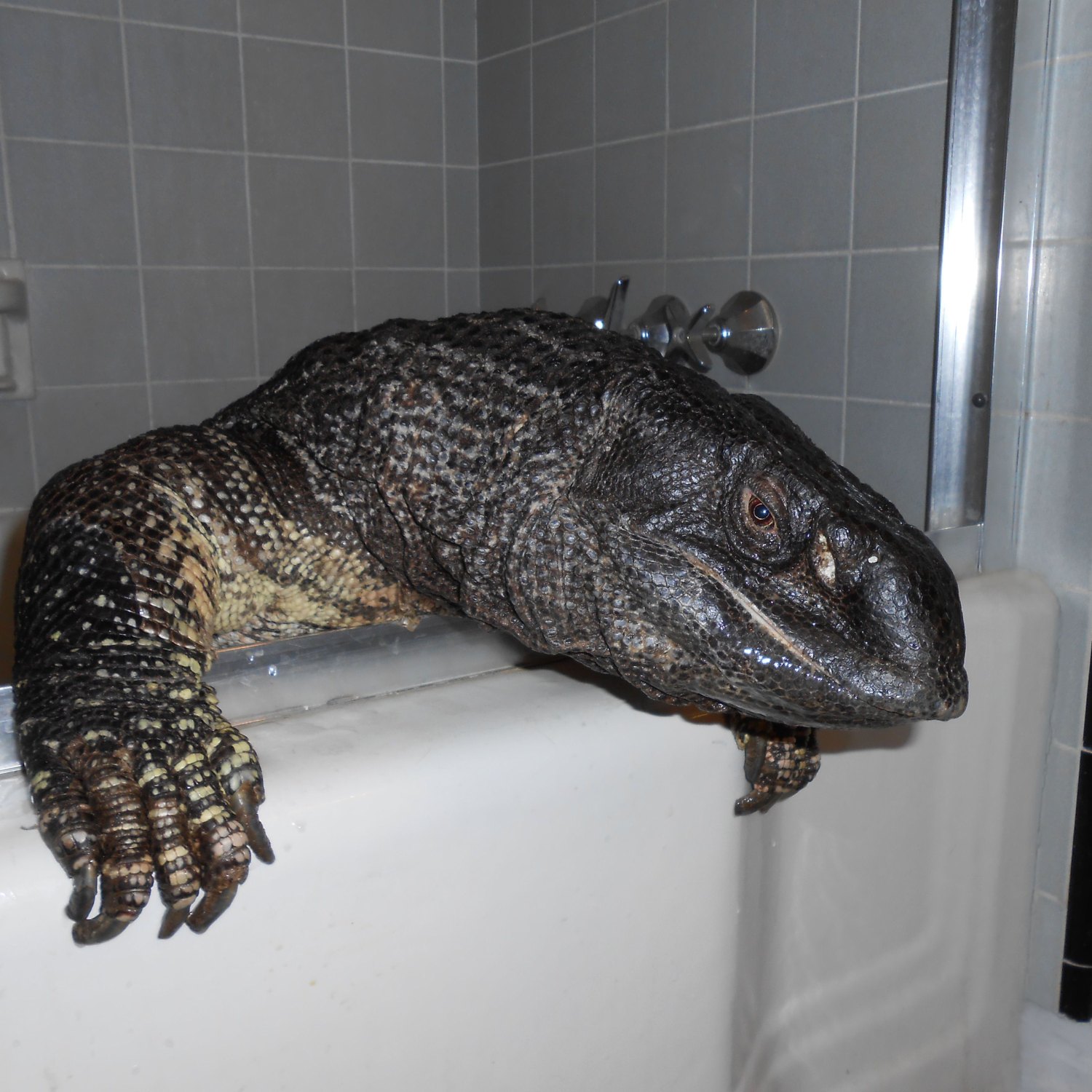
Black Throat Monitor
Up to 6 feet
The Black Throat Monitor is a fascinating animal that can grow up to 6 feet long and is found in Sub-Saharan Africa. With its sleek and elongated body shape, it belongs to the Varanidae family, making it a close relative of the Komodo dragon. Despite its intimidating appearance, this monitor is a shy and docile creature, making it a popular pet among reptile enthusiasts. However, they require special care and a large enclosure to thrive in captivity.
Animal Details Summary:
Common Name: Black Throat Monitor
Kingdom: Animalia
Habitat: Savannahs, grasslands, and dry forests
The Mighty Black Throat Monitor
In the vast and diverse animal kingdom, there are few creatures that elicit a sense of awe and power quite like the Black Throat Monitor. Its scientific name, Varanus albigularis ionidesi, may be a mouthful, but this reptile's presence in the wild is anything but understated. Commonly known as the Black Throat Monitor, this formidable creature is found in the heart of Africa and is a prime example of nature's beauty and resilience.The Basics: Kingdom, Phylum, Class, and Order
As with all living creatures, the Black Throat Monitor falls under the kingdom Animalia, meaning it is a multicellular, eukaryotic organism Black Throat Monitor. Within the animal kingdom, it belongs to the phylum Chordata, which encompasses all vertebrates, including mammals, birds, fish, and reptiles. It is in the class Reptilia, which includes all cold-blooded animals that lay eggs, such as lizards, snakes, and turtles. And finally, the Black Throat Monitor belongs to the order Squamata, which also includes snakes and lizards and is the largest group of reptiles in terms of diversity.The Varanidae Family
The Black Throat Monitor is a member of the Varanidae family, which contains the world's largest and most powerful lizards. Other members of this family include the Komodo Dragon and the Nile Monitor. The Varanidae family is known for its impressive size, strength, and intelligence, making them formidable predators in their respective habitats.Habitat and Distribution
The Black Throat Monitor is mainly found in the expansive grasslands, savannahs, and dry forests of Eastern and Southern Africa, making its home in countries such as Tanzania, Zambia, and Mozambique. It is also widespread in sub-Saharan Africa, making it one of the most prominent land animals on the continent.Feeding and Diet
As a carnivorous creature, the Black Throat Monitor feeds on a diet of small mammals, insects, and other reptiles Bismarck Ringed Python. With its sharp claws and powerful jaws, this monitor lizard is a skilled hunter and can take down prey many times its size. Its lightning-fast speed and agility make it an efficient predator, making it a top-ranking member in its ecosystem's food chain.Appearance and Body Structure
One of the most striking features of the Black Throat Monitor is its dark brown or black coloration, which gives it excellent camouflage in the shadows of the African plains. It also has lighter-colored scales underneath its body, which help to reflect heat and regulate its body temperature. With a sleek and elongated body shape, the Black Throat Monitor can move swiftly through its habitat, and its muscular limbs make it an adept climber. It can reach up to 6 feet in length, making it one of the longest lizards in Africa.The Unique Black Throat
As its common name suggests, the Black Throat Monitor has a distinguishing black throat that sets it apart from other monitor lizard species. This black coloration is caused by a high concentration of melanin, which serves as a protective mechanism against UV radiation and helps prevent sunburn. It is also believed that this black coloration may play a role in social interactions between Black Throat Monitors.A Threatened Species
Sadly, the Black Throat Monitor's population is rapidly declining due to habitat destruction and poaching, making it a threatened species. Its slow reproductive rate and low survival rate in captivity also contribute to its vulnerability, making conservation efforts crucial to its survival.In Conclusion
The Black Throat Monitor may not be a household name, but this magnificent creature plays a critical role in African ecosystems. Its impressive size, strength, and intelligence make it a worthy member of the Varanidae family, and its unique black throat sets it apart in the animal kingdom. As we continue to strive towards a more sustainable and harmonious coexistence with nature, it is our responsibility to protect and preserve this majestic animal for future generations to admire and appreciate.

Black Throat Monitor
Animal Details Black Throat Monitor - Scientific Name: Varanus albigularis ionidesi
- Category: Animals B
- Scientific Name: Varanus albigularis ionidesi
- Common Name: Black Throat Monitor
- Kingdom: Animalia
- Phylum: Chordata
- Class: Reptilia
- Order: Squamata
- Family: Varanidae
- Habitat: Savannahs, grasslands, and dry forests
- Feeding Method: Carnivorous
- Geographical Distribution: Eastern and Southern Africa
- Country of Origin: Mainly found in Tanzania, Zambia, and Mozambique
- Location: Sub-Saharan Africa
- Animal Coloration: Dark brown or black with lighter colored scales underneath
- Body Shape: Sleek and elongated
- Length: Up to 6 feet
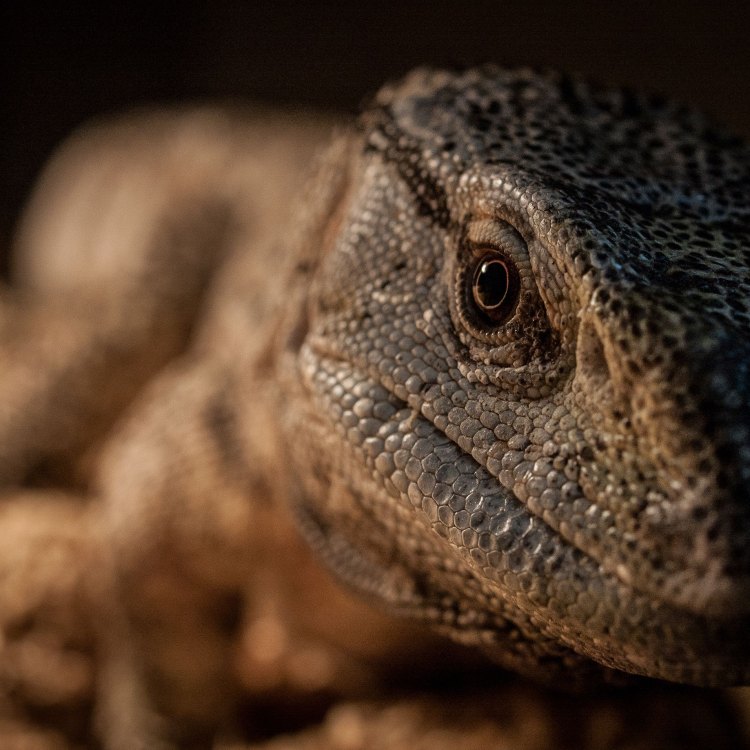
Black Throat Monitor
- Adult Size: Up to 6 feet
- Average Lifespan: 15-20 years
- Reproduction: Oviparous
- Reproductive Behavior: Males compete for mates and engage in courtship rituals
- Sound or Call: Hissing and various vocalizations
- Migration Pattern: Non-migratory
- Social Groups: Solitary, but may interact during mating
- Behavior: Diurnal and semi-arboreal
- Threats: Habitat loss and poaching
- Conservation Status: Vulnerable
- Impact on Ecosystem: Apex predator
- Human Use: Traditionally hunted for their skin and meat
- Distinctive Features: Black throat and cream-colored bands across the body
- Interesting Facts: Black Throat Monitors have a forked tongue, which helps them sense their surroundings.
- Predator: Larger predators such as crocodiles and birds of prey
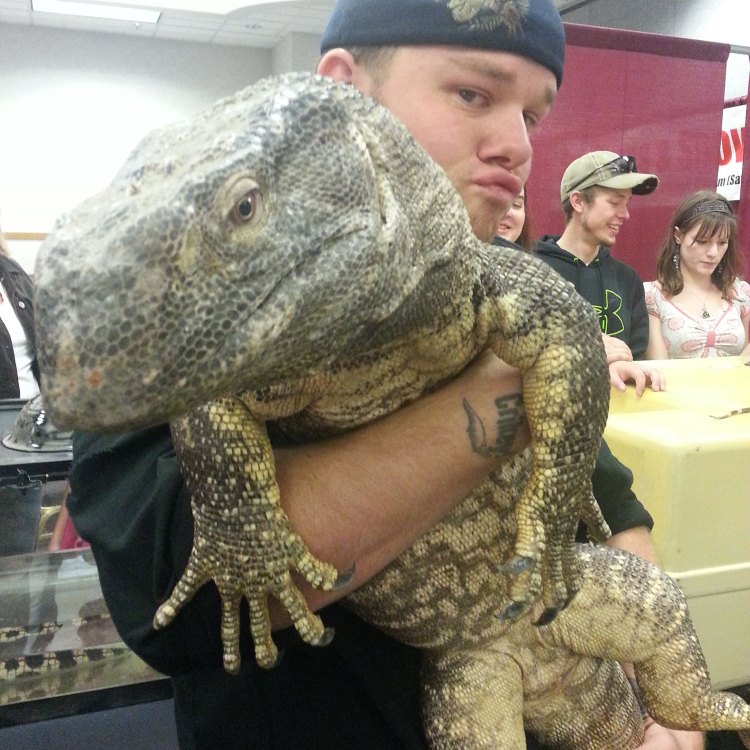
Varanus albigularis ionidesi
The Fascinating Black Throat Monitor: A Predatory Apex Species Facing Conservation Challenges
The world is full of majestic and fascinating creatures, some of which are often hidden in plain sight. One such creature is the Black Throat Monitor, a reptile species known for its distinctive black throat and cream-colored bands across the body. While this species may be elusive to many, it is a vital predator in its ecosystem and faces critical conservation challenges. So, let's dive into the world of the Black Throat Monitor and discover its unique features, behavior, and role in the ecosystem PeaceOfAnimals.Com.A Giant in Its Own Right - Adult Size and Lifespan
Renowned for its size, the Black Throat Monitor can reach up to an impressive six feet in length when fully grown. That's about the height of the average human, making this species one of the largest of all monitor lizards. Not only is the Black Throat Monitor a formidable size, but it also boasts an impressive lifespan of 15-20 years. This means that these magnificent creatures have plenty of time to roam their natural habitats, but sadly, their lives are not without challenges.A Storied Reproductive Behavior - The Battle for Mating Rights
Despite their solitary nature, Black Throat Monitors engage in a fierce battle for mating rights. During the breeding season, male monitors compete against each other for potential mates through physical displays and courtship rituals. This behavior is a primal instinct that helps ensure the survival of the species and contributes to the biodiversity of their ecosystem.Hissing and Vocalizations - Communication in the Wild
Like many other reptiles, Black Throat Monitors use various vocalizations as a means of communication. These vocalizations range from hisses to grunts, growls, and barks, used for a variety of purposes such as territorial defense, expressing dominance, and courtship Boxsky. With the help of these sounds, these creatures can navigate their social interactions and establish their place in the hierarchy.Solitary, Yet Social - The Behavior of the Black Throat Monitor
Despite being primarily solitary creatures, Black Throat Monitors do interact with one another during the breeding season. Apart from that, these creatures prefer to spend their days in solitude, basking in the sun and hunting for prey. With a diurnal and semi-arboreal behavior, these lizards are most active during the day, spending their time both on the ground and in trees. Such behavior helps them avoid predators and provide plenty of opportunities for their hunting pursuits.The Unfortunate Truth - Threats to Survival
Like many other species, Black Throat Monitors face a range of threats to their survival. One of the leading causes is habitat loss, as urbanization and deforestation continue to diminish their natural habitat. Additionally, these reptiles face poaching for their skin and meat, posing a significant threat to their population. Such human activities severely impact the survival of this species, highlighting the need for conservation efforts.A Vulnerable Species - Conservation Status and Ecosystem Impact
Despite its vital role in the ecosystem, the Black Throat Monitor is classified as a vulnerable species, meaning its population is facing a high risk of extinction. This is due to the threats mentioned earlier and the slow breeding rate of these creatures. As apex predators, Black Throat Monitors play a crucial role in balancing their ecosystem by controlling the population of their prey. The loss of this species can have a ripple effect on the entire ecosystem, ultimately impacting other species and their habitats.Life in the Wild - Interesting Facts about Black Throat Monitors
Apart from their distinctive features and behavior, Black Throat Monitors have several interesting facts that make them even more intriguing. For instance, these lizards have a forked tongue, much like their snake counterparts. This feature helps them sense their surroundings, making them excellent hunters. Additionally, while they may be formidable predators, Black Throat Monitors also have their share of predators, including larger animals such as crocodiles and birds of prey.A Controversial Human Use - Traditional Hunting for Skin and Meat
Sadly, humans have a long and storied history of exploiting animals for their skins and meat. The Black Throat Monitor is no exception to this trend. Traditionally, these creatures have been hunted for their skin and meat, considered a delicacy in some cultures. However, such practices are unsustainable and can lead to devastating consequences for the species' population and their ecosystem.The Power of Conservation - Preserving the Black Throat Monitor
As we learn more about the Black Throat Monitor, it becomes clear that this species is a vital player in its ecosystem. The challenges it faces could ultimately lead to its extinction, resulting in far-reaching consequences for the environment. Therefore, it is essential to implement and support conservation efforts to protect and preserve this magnificent creature. This can be done through initiatives such as creating protected habitats, promoting sustainable practices, and raising awareness about the species' plight.The Final Verdict - Appreciating the Black Throat Monitor
The Black Throat Monitor is a truly remarkable and fascinating species that deserves recognition and protection. From its distinctive appearance to its interesting behavior and crucial role in its ecosystem, this species is a true gem of the animal kingdom. It is our responsibility as stewards of the Earth to ensure the survival of this species for future generations to appreciate and learn from their unique features and role in nature. Let us work towards securing a safe and sustainable future for the Black Throat Monitor and all the species that share our planet with us.
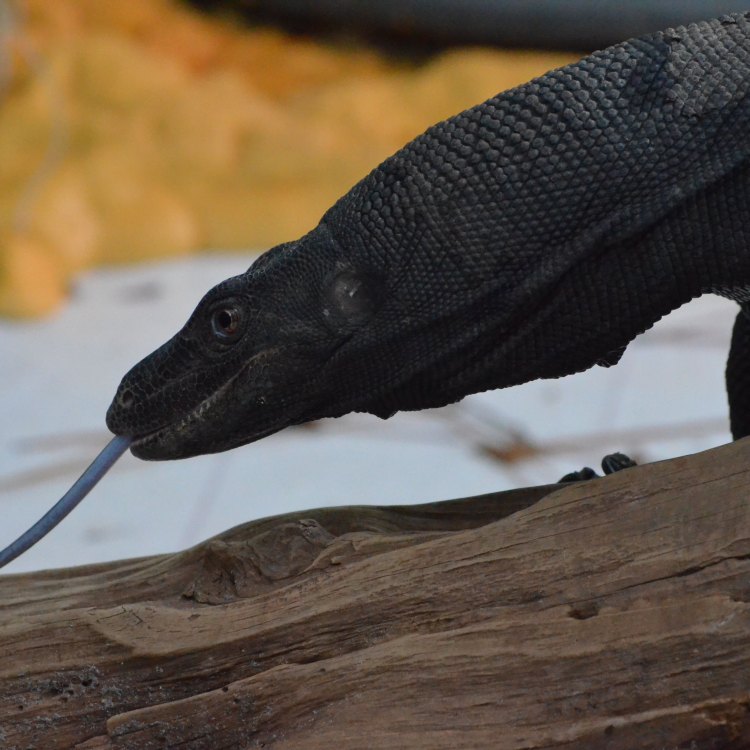
The Mighty Black Throat Monitor
Disclaimer: The content provided is for informational purposes only. We cannot guarantee the accuracy of the information on this page 100%. All information provided here may change without prior notice.


